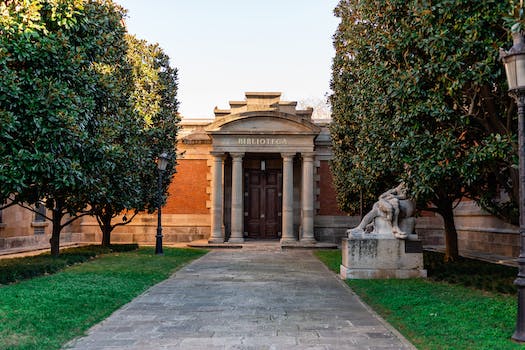As cities continue to grow and diversify, ethnic neighborhoods have become a common feature in urban landscapes. These neighborhoods are often characterized by a concentration of residents who share a common ethnicity, language, and cultural heritage. While these neighborhoods have been the subject of much debate and scrutiny, they offer unique opportunities for cultural exploration and community-based activities.
The Benefits of Ethnic Neighborhoods
Despite some negative stereotypes, ethnic neighborhoods have been shown to have many positive benefits. For one, they offer a sense of community and belonging that can be difficult to find in more diverse areas. Residents often have access to cultural resources, such as ethnic restaurants, shops, and community centers, that celebrate their heritage and foster a sense of pride in their identity.
Additionally, ethnic neighborhoods can provide a space for cultural exchange and education. Non-residents can visit these neighborhoods to learn about different cultures and traditions, and residents can share their knowledge and experiences with others. This can lead to increased understanding and appreciation of different cultures, which can ultimately help to reduce prejudice and discrimination.
Off the Beaten Path Cultural Experiences
One of the most exciting aspects of ethnic neighborhoods is the opportunity to experience cultural traditions and activities that are off the beaten path. For example, visitors to Chicago’s Pilsen neighborhood can attend the annual Dia de los Muertos celebration, which honors deceased loved ones through colorful parades, altars, and offerings. In Boston’s Chinatown, visitors can explore the city’s oldest Chinese neighborhood and sample traditional cuisine, such as dim sum and hot pot.
Other ethnic neighborhoods offer unique cultural experiences, such as the Greek Orthodox Easter celebration in Astoria, New York or the Hmong New Year celebration in St. Paul, Minnesota. These events provide a window into different cultures and traditions, and offer a chance to learn about the history and customs of different ethnic groups.
Community-Based Cultural Activities
In addition to cultural events, ethnic neighborhoods also offer a range of community-based cultural activities. For example, many neighborhoods have community centers that offer classes in traditional arts, such as calligraphy, dance, or music. These classes provide an opportunity for residents to learn about their cultural heritage and develop new skills.
Other neighborhoods have cultural festivals or markets that showcase local artisans and craftspeople. These events provide a space for residents to share their creativity and connect with others who share their interests.
Conclusion
Ethnic neighborhoods offer a unique opportunity to explore different cultures, traditions, and customs. While these neighborhoods have been the subject of debate and criticism, they provide a sense of community and belonging that is difficult to find in more diverse areas. Additionally, ethnic neighborhoods offer off the beaten path cultural experiences and community-based cultural activities that can enrich our understanding of different cultures and traditions. As cities continue to grow and diversify, ethnic neighborhoods will continue to play an important role in fostering cultural exchange and education.





